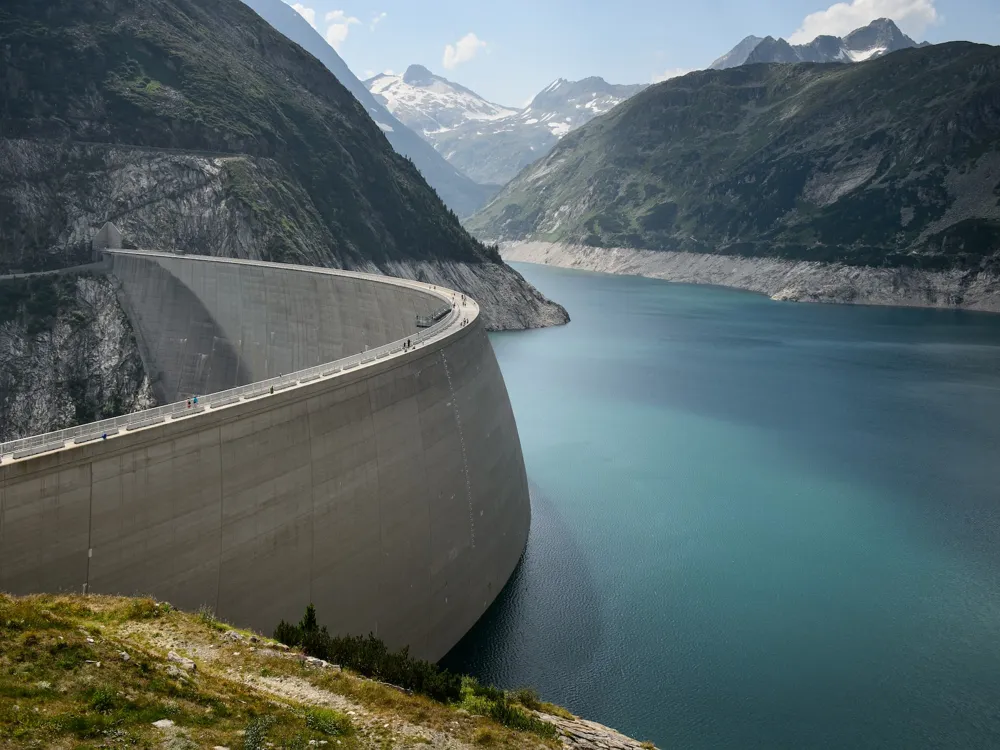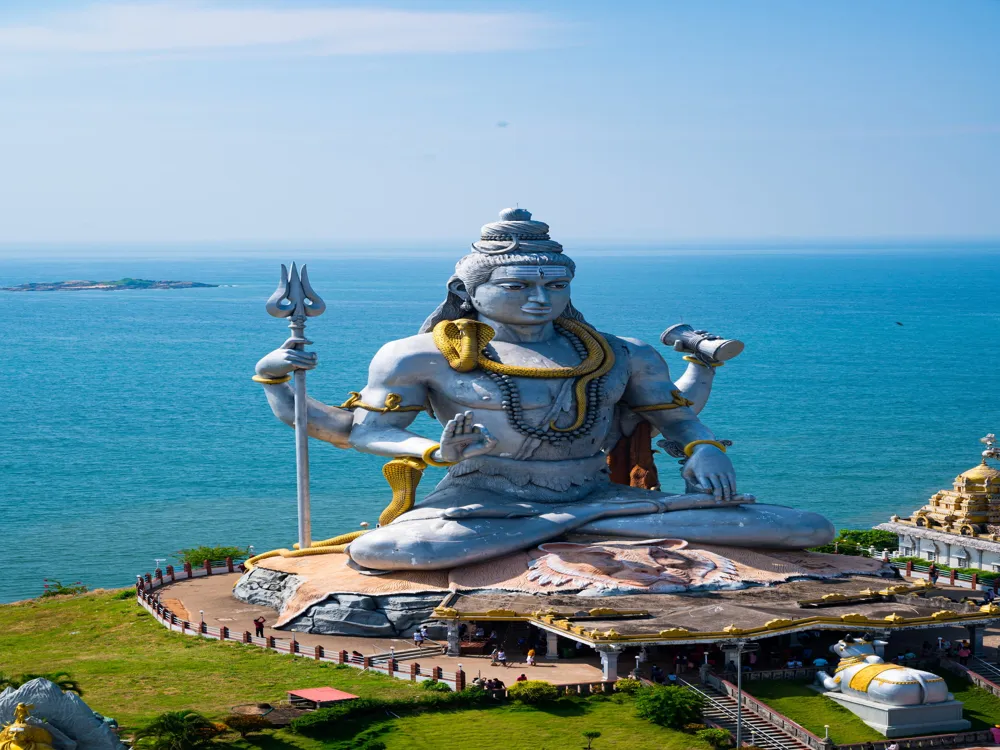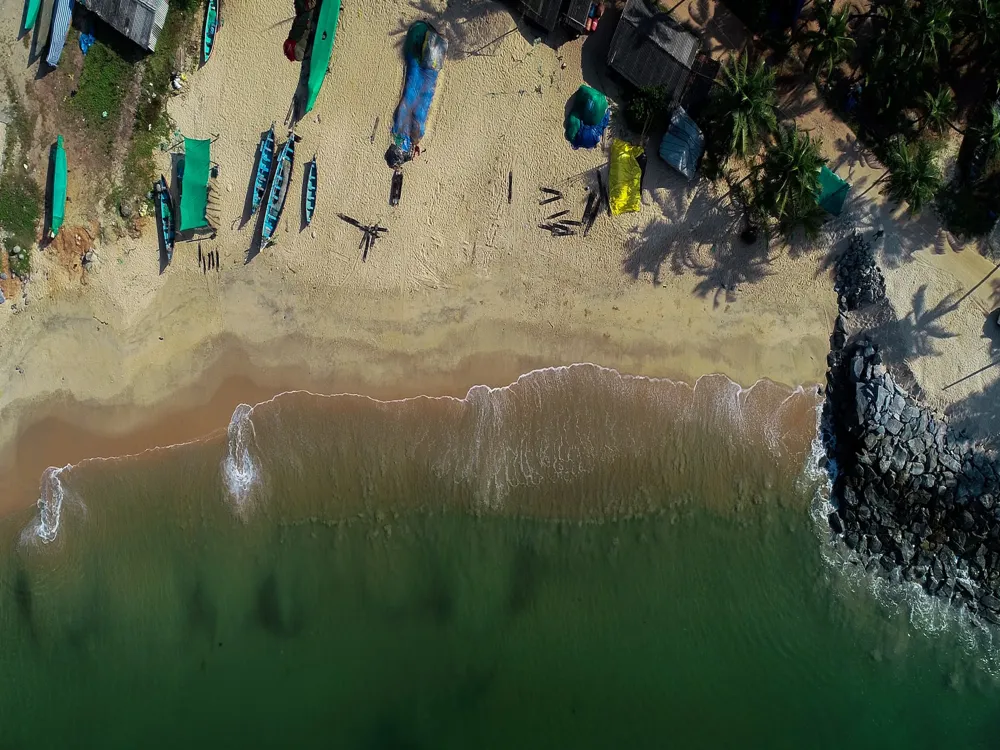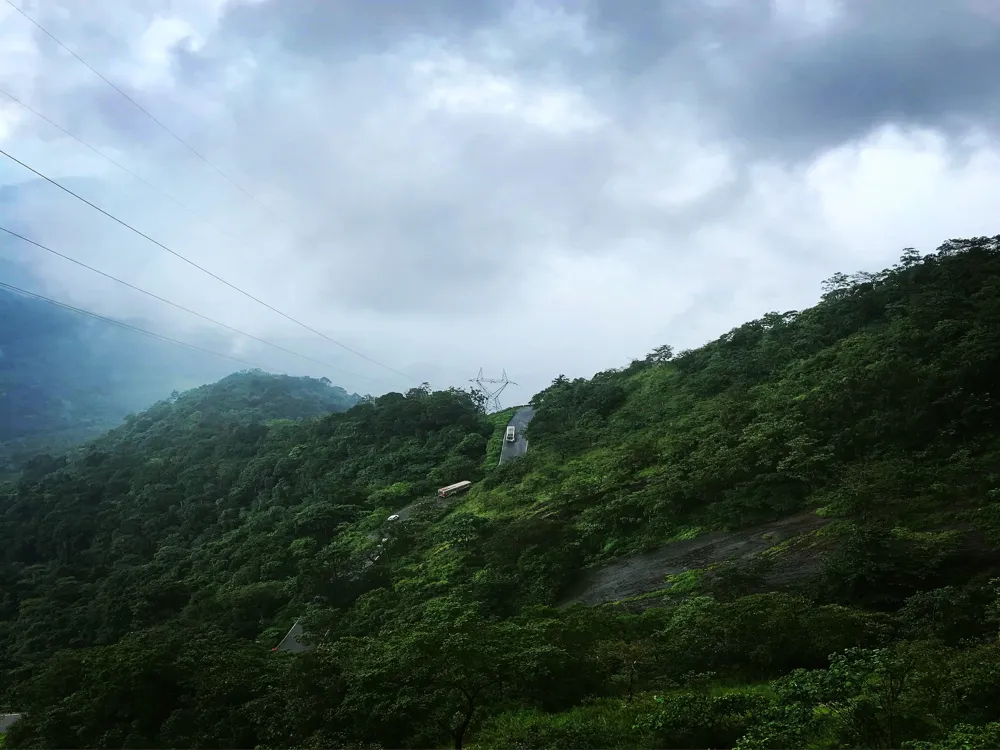Kanoor Fort, nestled in the verdant landscape of Shimoga district in Karnataka, India, is a hidden gem steeped in history and natural beauty. Often overshadowed by more prominent Indian forts, Kanoor Fort offers a unique glimpse into the region's rich past. This ancient fortification, believed to have been established during the Vijayanagara Empire, stands as a testament to the architectural and historical significance of the era. Surrounded by dense forests and the serene flow of the Sharavathi River, the fort’s location is as strategic as it is scenic. Its remote setting has helped preserve much of its original structure, offering an authentic experience to those who venture here. Exploring Kanoor Fort is like taking a step back in time. The fort's architecture is a fascinating blend of defensive and aesthetic features. Massive walls and bastions speak of its primary role as a defensive stronghold, while intricate carvings and remnants of ancient structures hint at a time of prosperity and artistic achievement. The fort’s layout, with its hidden passages and strategic vantage points, reflects the ingenuity of its builders and their understanding of warfare and defense strategies of the time. Today, Kanoor Fort is not just a historical site but also a haven for nature lovers and trekking enthusiasts. The journey to the fort itself is an adventure, passing through dense forests and offering spectacular views of the Western Ghats. The fort’s serene and slightly mysterious atmosphere, combined with the surrounding natural beauty, makes it a perfect destination for those looking to explore off-the-beaten-path historical sites. The architectural design of Kanoor Fort is a splendid example of the ingenuity and craftsmanship of the Vijayanagara era. Constructed predominantly from local stone, the fort's structure demonstrates both the defensive priorities of the time and a deep appreciation for aesthetic details. The main entrance, characterized by its imposing size and intricate carvings, sets the tone for the fort’s grandeur. Inside, the fort is a maze of pathways, steps, and hidden passages, designed to confuse and slow down enemy forces. The fort's strategic positioning on a hilltop not only made it difficult for invaders to access but also provided its inhabitants with panoramic views of the surrounding landscape, allowing them to spot any approaching threats from afar. One of the most striking features of Kanoor Fort is its water management system. Ingenious aqueducts and water storage facilities ensured a steady supply of water, a critical resource for any fortification, especially during long sieges. The remains of these systems, though partially ruined, still stand as a testament to the advanced engineering skills of their creators. The fort also housed several residential and administrative buildings, evidence of which can be seen in the ruins of what were once palaces, courtyards, and administrative offices. Intricate stone carvings faded but still discernible, adorn many of these structures, indicating the importance of art and culture even in these utilitarian spaces. The ideal time to visit Kanoor Fort is from October to March when the weather is pleasant and conducive for trekking and exploration. Carry water, snacks, and a first-aid kit, and wear comfortable trekking shoes. Also, don’t forget to bring a camera to capture the scenic beauty. Stay on marked paths, be aware of the wildlife, and follow local guidelines for a safe and enjoyable visit. Kanoor Fort is accessible from Shimoga by road. The nearest town is Kollur, which is well-connected by road to major cities in Karnataka. From Kollur, one can hire local transport to reach the fort. The trek to the fort is part of the adventure, as it involves navigating through dense forests and hilly terrain. Read More
Overview of Kanoor Fort, Shimoga, Karnataka
The architecture of Kanoor Fort
Tips When Visiting Kanoor Fort
Best Time to Visit
What to Bring
Safety Precautions
How to Reach Kanoor Fort
Kanoor Fort
Shimoga
Karnataka
NaN onwards
View jog-falls Packages
Weather :
Tags : Forts & Palaces
Time Required : 30 minutes
Planning a Trip? Ask Your Question
Also Refered As:
Keladi Kote
Jog-falls Travel Packages
View All Packages For Jog-falls
Top Hotel Collections for Jog-falls

Private Pool

Luxury Hotels

5-Star Hotels

Pet Friendly
Top Hotels Near Jog-falls
Other Top Ranking Places In Jog-falls
View All Places To Visit In jog-falls
View jog-falls Packages
Weather :
Tags : Forts & Palaces
Time Required : 30 minutes
Planning a Trip? Ask Your Question
Also Refered As:
Keladi Kote
Jog-falls Travel Packages
View All Packages For Jog-falls
Top Hotel Collections for Jog-falls

Private Pool

Luxury Hotels

5-Star Hotels

Pet Friendly


















